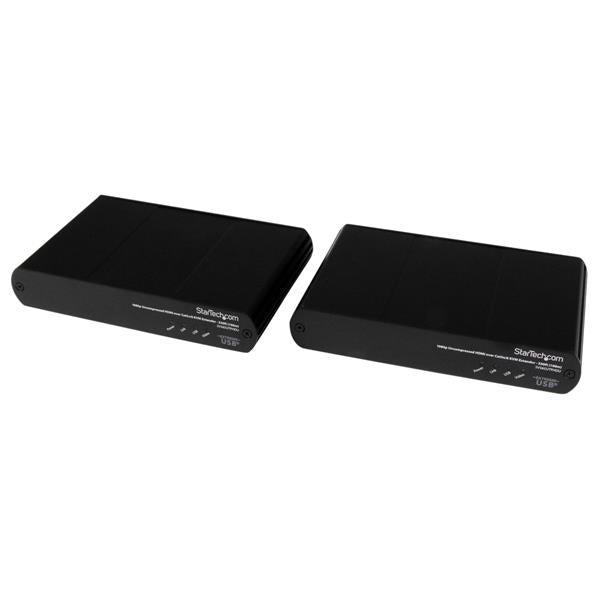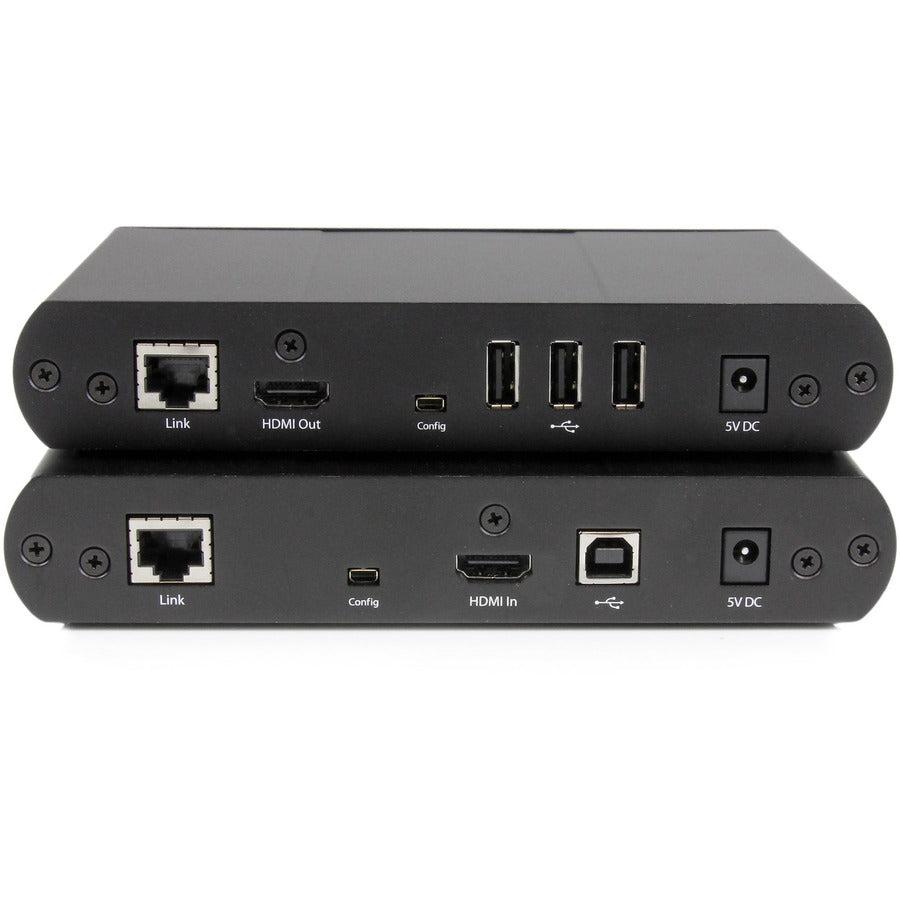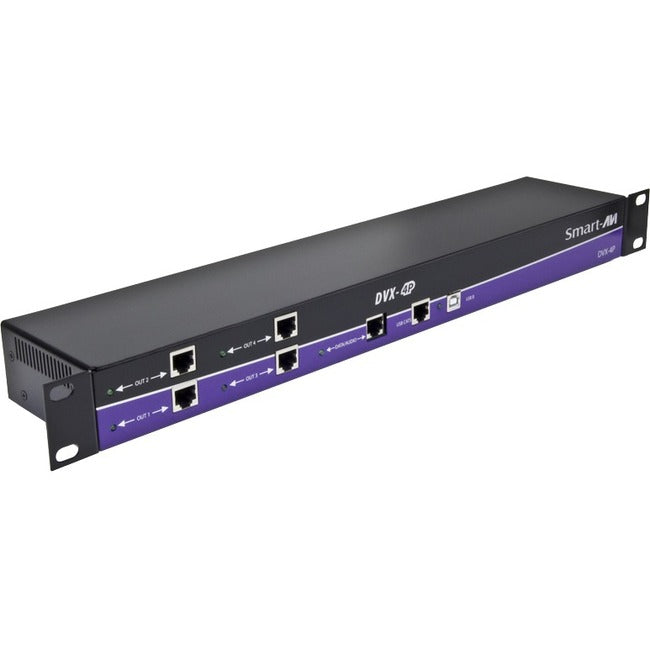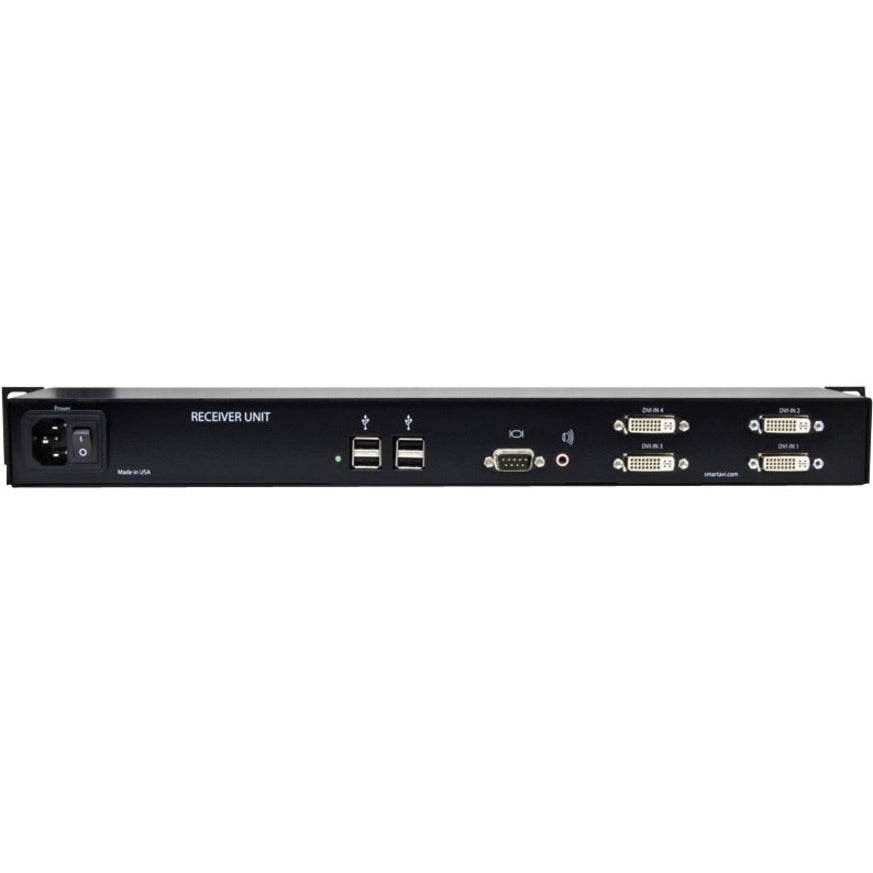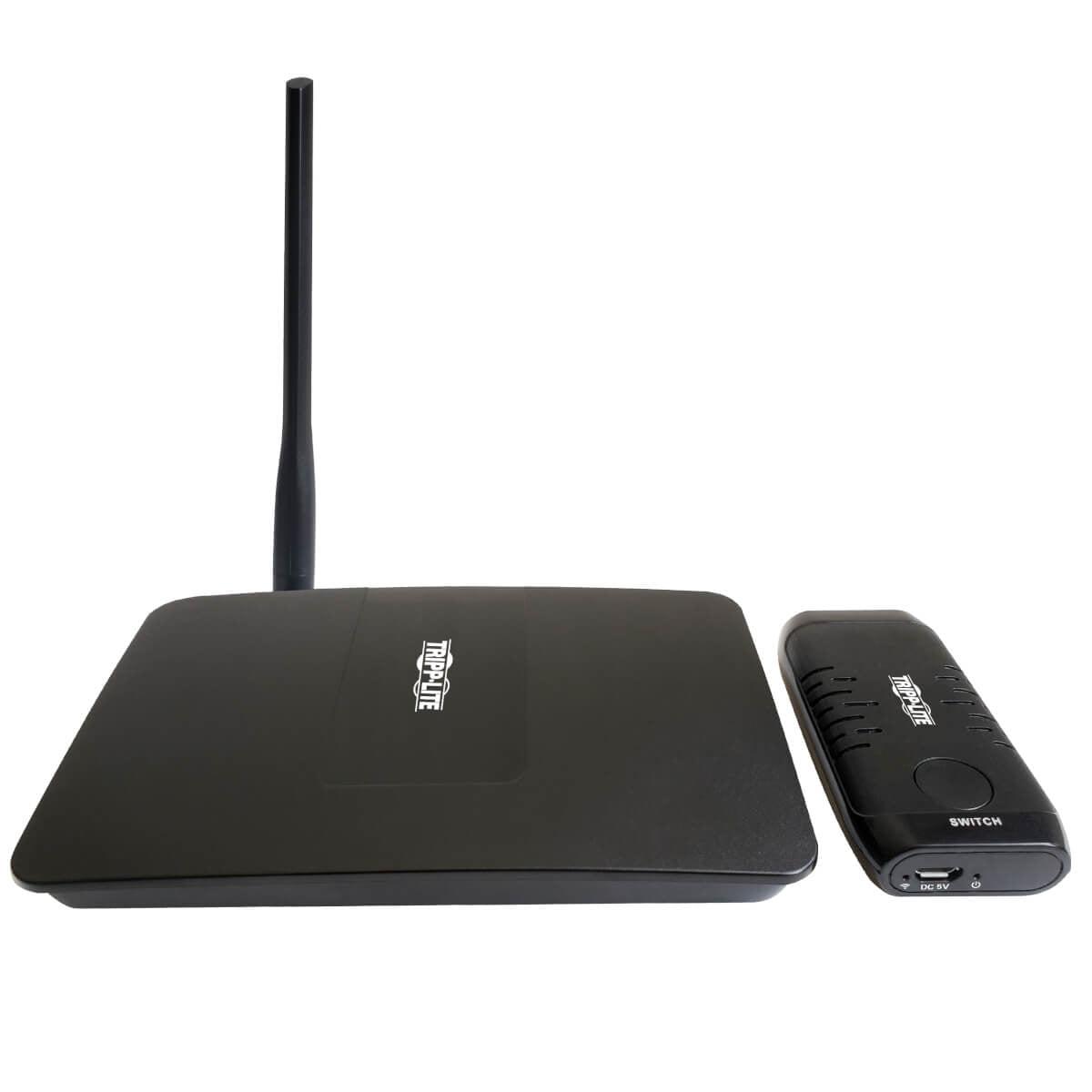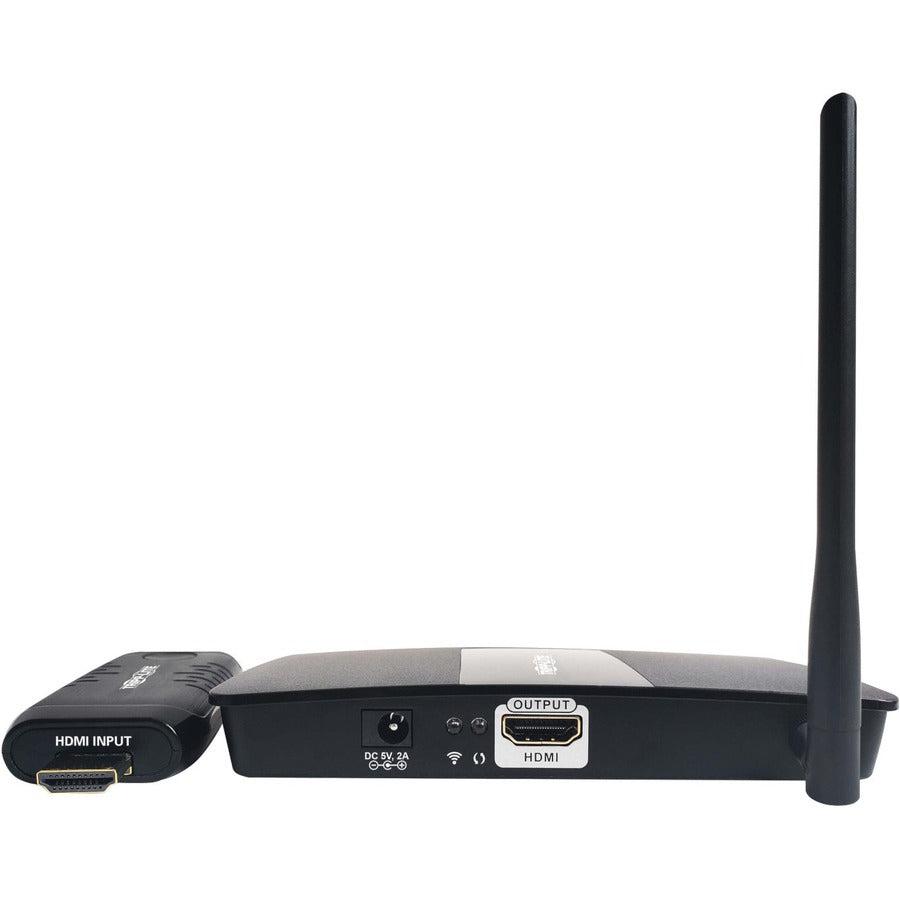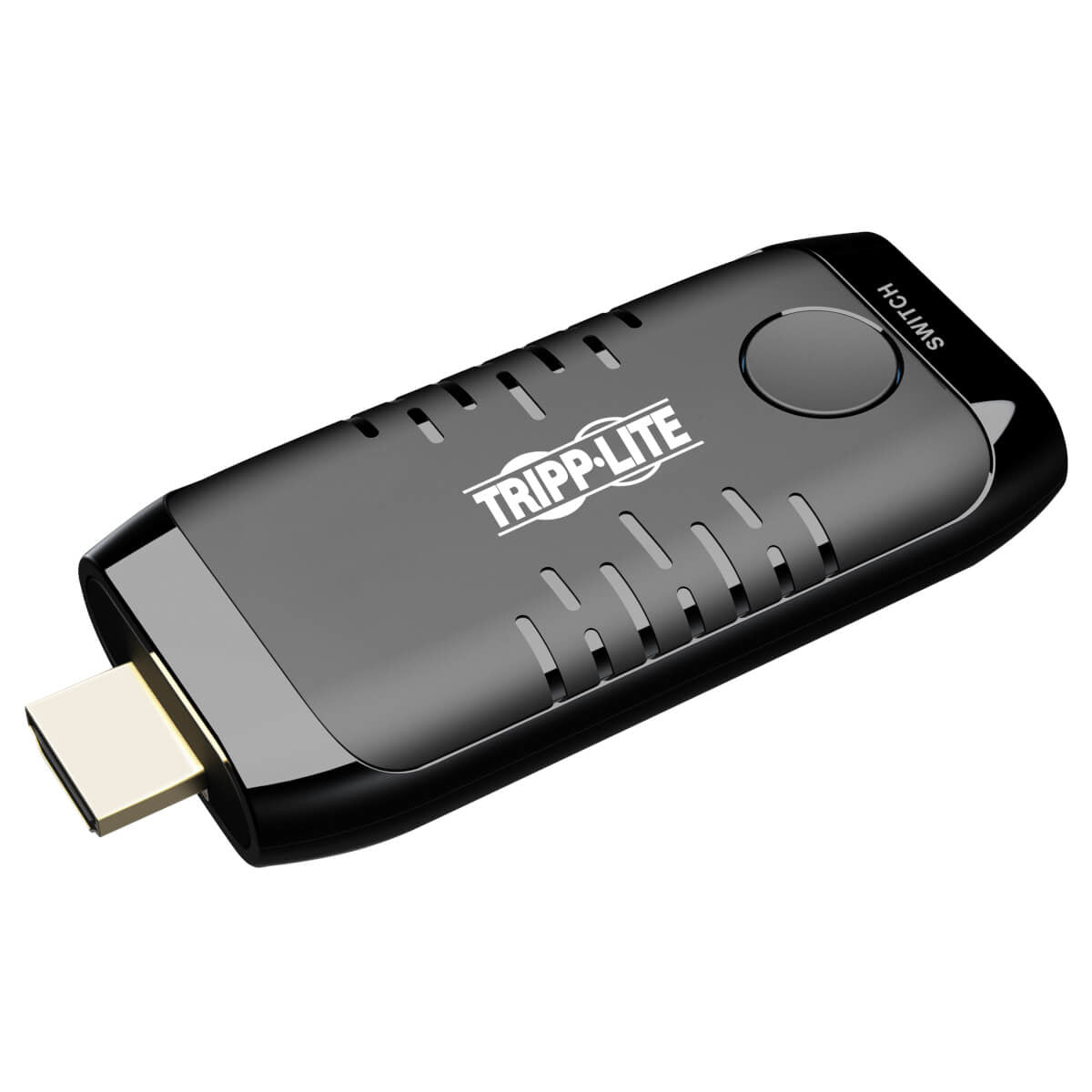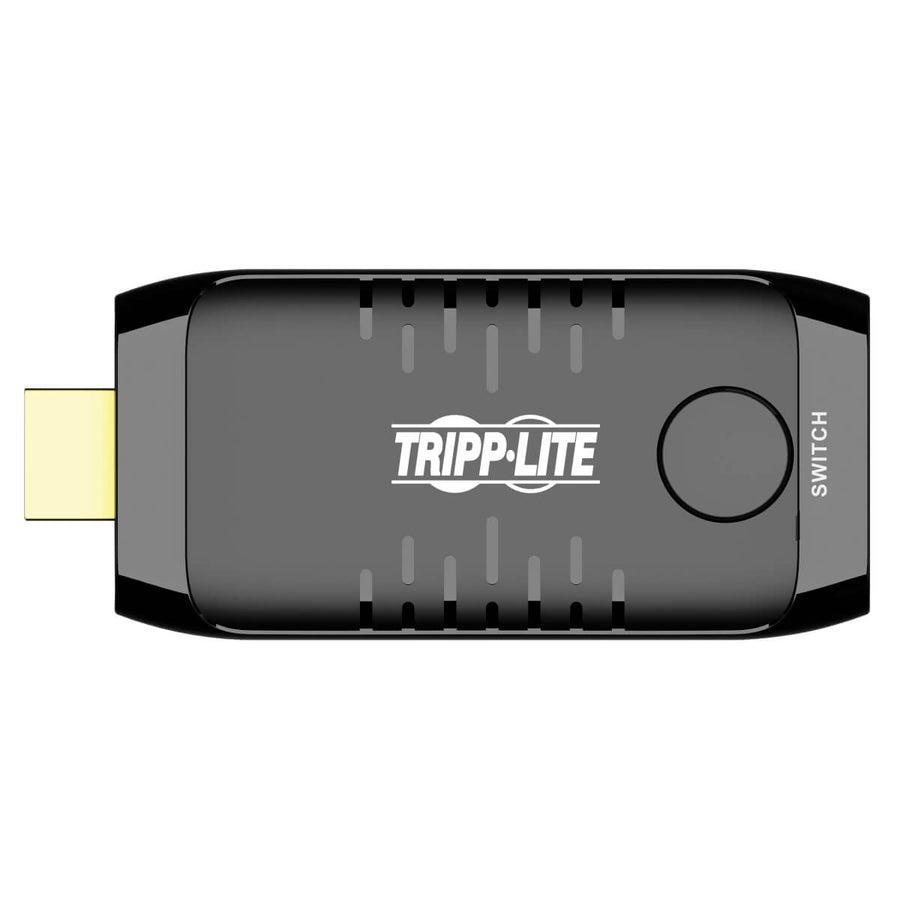Volume Purchases and Deal Registration
Extenders & Repeaters
768 products
Showing 1 - 24 of 768 products
If you are planning on transmitting a video over a distance and your standard cables simply aren’t cutting it, you should consider purchasing a video extender.
Video extenders allow you to send a video signal over long distances, many can transfer video for distances of over 100 meters. This guide will teach you about the different types of extenders as well as one additional feature to consider.
Features To Consider
Operating Distance
When you go to purchase your video extender, make sure you know how far you’ll need the signal to travel. That way you know which extenders are options and which won’t make the final cut.
Types of Extenders
There are three main types of video extenders available: active cables, active optical cables, and transmitter and receiver systems.
To read an in-depth description of each of the types, click here.
Active Cables
Active cables are the simplest type of video extender that you can purchase. They are simply long cables that attach the video source to the screen where it will be displayed. They are not made to transfer high-quality video. However, they are low-budget and get the job done.
Active Optical Cables
Active optical cables are an upgraded version of active cables. Instead of using electric signals, they use light to transfer the video signal. This allows them to send higher-quality videos without distorting them as much as a regular active cable sometimes will.
Transmitter and Receiver
Transmitters and receivers work by using two boxes to transfer a video signal wirelessly. The transmitter is connected to the source and the receiver is attached to the display. The video is turned into a wireless signal by the transmitter device and then sent to the receiver which will revert it to a usable video.


